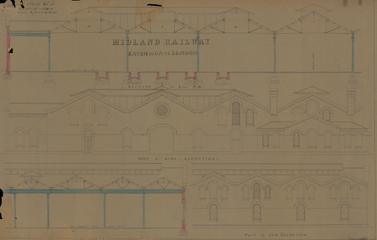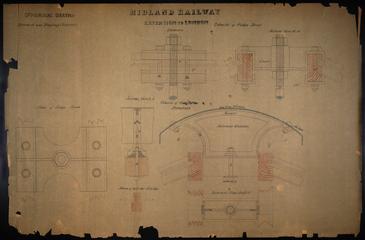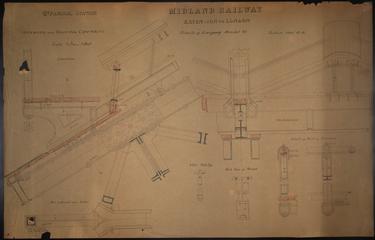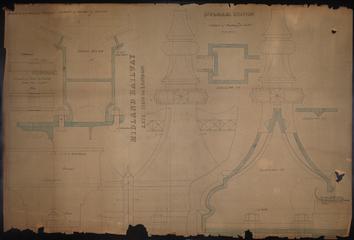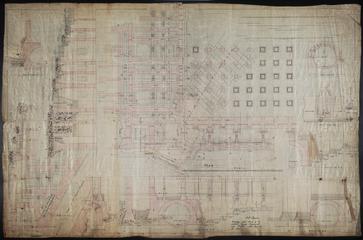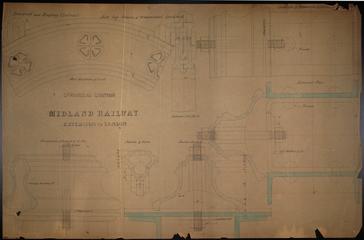
Midland Railway Co
The Midland Railway was formed in 1844 from the merger of the Midland Counties Railway, the North Midland Railway and Birmingham and Derby Junction Railway wit its headquarters in Derby. It expanded its operational territory by acquisition (e.g. railways in the Erewash valley, to Sheffield, serving the Leicestershire coalfields and the route from Birmingham to Bristol), and by construction of new railways and extensions to existing lines, including lines to Peterborough and Lincoln, towards Manchester and, most notably the Settle to Carlisle route. It expanded into the South Wales coalfields, and acquired railways not connected to its main routes: the London, Tilbury and Southend Railway and, in Ireland, the Belfast and Northern Counties Railways. Much of this activity was driven by competition with its geographical rivals, the London and North Western Railway to the west and the Great Northern Railway to the east.
Where its interests were better served by co-operation, it tried to reach agreements with those same companies to share routes and traffic receipts. The most famous of these is the Euston Square Confederation, an agreement between the Midland Railway, the London and North Western Railway and the Manchester, Sheffield and Lincolnshire Railway. Other such arrangements were the Cheshire Lines Committee and the right to run over the Great Northern Railway into King’s Cross station.
The arrangements for through running and sharing of London termini with its competitors proved unsatisfactory. As a consequence the Midland Railway eventually built its own connection to London. The line ran from Bedford on the Midland’s existing Leicester to Hitchin line, to a terminus at St Pancras. It was opened in 1868. The Midland Railway was a partner in several joint railways e.g. the Somerset and Dorset Joint Railway (with the London and South Western Railway), and the Midland and Great Northern Joint Railway (the Great Northern Railway).
The Midland Railway came under the control of the Railway Executive during the First World War and ended its independent existence in 1923 under Grouping when it was merged with, amongst other railway companies, its great rival the London and North Western Railway to form the London, Midland and Scottish Railway Company.
